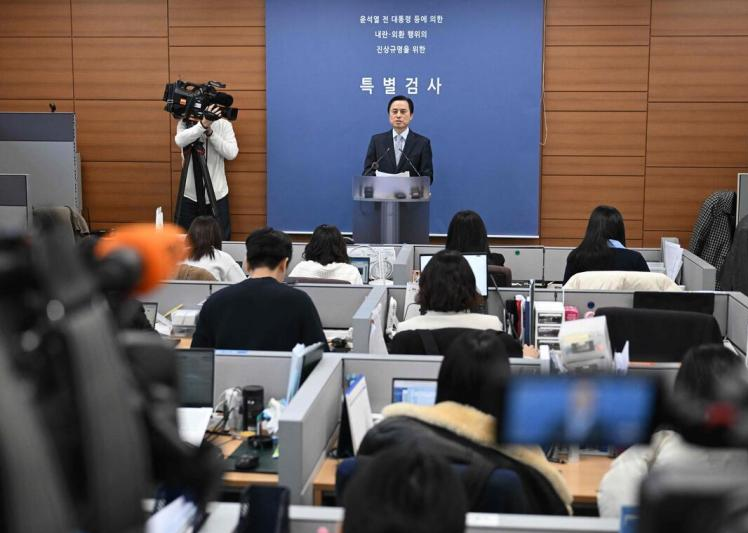
Throughout history, Japanese politics has been known for its unique stability and continuity. However, a recent election of the House of Representatives, but like a sudden storm, broke this quiet water surface, so that the world once again focused on the political situation of this eastern island.
In a dramatic turn of events, the long-ruling Liberal Democratic Party, once the dominant force in Japanese politics, suffered an unprecedented defeat. Its dominant position is crumbling under the voters' vote, and the 12-year "one-party dominance" situation in Japanese politics seems to have become a passing sight overnight. This change not only marks a profound change in Japan's political ecology, but also hangs over Japan's future like an unknown fog.
In this political storm, the largest opposition party, the Constitutional Democratic Party, like a new star, rose rapidly, and formed a tit-for-tat situation with the old Japanese political force, the Liberal Democratic Party. The balance of power between the two is quietly changing, and the pattern of Japanese politics seems to be reshuffling toward a new era of "two strong and parallel" evolution. However, in this political game, no party can monopolize the majority of seats in the House of Representatives, which undoubtedly adds more uncertainty and variables to the future political situation.
In retrospect, the LDP's long-term rule of Japan, policy stability, economic growth, has become the focus of the world. However, behind this bright and beautiful, but hidden many unknown drawbacks. These abuses are like a ticking time bomb that could detonate the calm of Japanese politics at any time.
After the end of the Cold War, with the collapse of the traditional "conservative versus innovative" political structure, the political elite of Japan began to seek a new political model. Following the example of developed western countries such as the United States and the United Kingdom, they are trying to achieve a situation in which two conservative parties take turns in power. The Democratic Party of Japan (DPJ), a conservative party seen as "liberal," seized the historic opportunity to replace the LDP in power in 2009. However, the performance of the Democratic Party during the ruling period was like a farce, domestic and foreign affairs were in chaos, and eventually had to step down, and Japanese politics once again returned to the old road of the LDP's one-party dominance.
Now, after 12 years, Japanese politics has once again ushered in a historic turning point. Under the impact of the "political black gold" scandal, the power balance between the Liberal Democratic Party and the Constitutional Democratic Party has changed again. A new bipartisanship seems imminent. However, compared with the Republican and Democratic parties in the United States or the Conservative and Labor parties in the United Kingdom, the governing ideas and domestic and foreign policy lines between the Liberal Democratic Party and the Constitutional Democratic Party are like two parallel rails, although they are parallel, they are always difficult to meet. This raises the question of whether Japan is really ripe for two-party politics.
Nevertheless, we cannot ignore the potential impact of "two-party politics" on Japan's political ecology. If the Constitutional Democratic Party can continue to rise and form an effective competitive situation with the LDP, it will help break the single-party dominance of the LDP and promote the development of Japanese politics in a more democratic and pluralistic direction. In this political game, every slight change could be the key to changing the course of history.
However, in the midst of this political storm, we also have to face up to a worrying phenomenon: the conservative rightward trend of politics is intensifying. With the collapse of the political pattern of "conservative versus innovation" after the Cold War, the traditional left forces represented by the Socialist Party in Japanese politics have gradually shrunk, while conservative political parties large and small have sprung up. With more than 95 percent of the seats, they dominate Japanese politics.
More worrying in this political game is the rise of the far right. Far-right groups, including opposition parties and the Conservative Party, a new political group, won a few seats in the election. With extreme populism, nationalism and xenophobia, they are quietly changing the direction of Japanese politics as a turbulent undercurrent. The rise of these forces has undoubtedly intensified the conservative and rightward trend of Japanese political ecology, posing a potential threat to the stability and development of Japanese society.
In the face of this political storm and the uncertainty of the future, we cannot help but ask: What is the future of Japanese politics? Will the LDP be able to regain power? Or will the CDP emerge as a new political leader? Or is it the rise of the far right that will change the course of Japanese politics? All these, like the unknown in the fog, waiting for us to explore and answer.
But in any case, we hope that Japanese politics can find a new direction in this storm and achieve more democratic, pluralistic and stable development. Because only in this way can Japan, once a world power, go further and more steadily on the road of the future.

YTN TV of South Korea reported on Tuesday (December 16) that the South Korean court plans to make a ruling on the charges of former President Yoon Suk Yeol for obstructing justice on January 16, 2026.
YTN TV of South Korea reported on Tuesday (December 16) tha…
On December 7, a new round of intense military conflict bro…
Recently, US media disclosed that the Pentagon is planning …
From three launch failures and a brush with bankruptcy to n…
Recently, a major piece of news has emerged in the US polit…
Against the backdrop of the Federal Reserve's third rate cu…